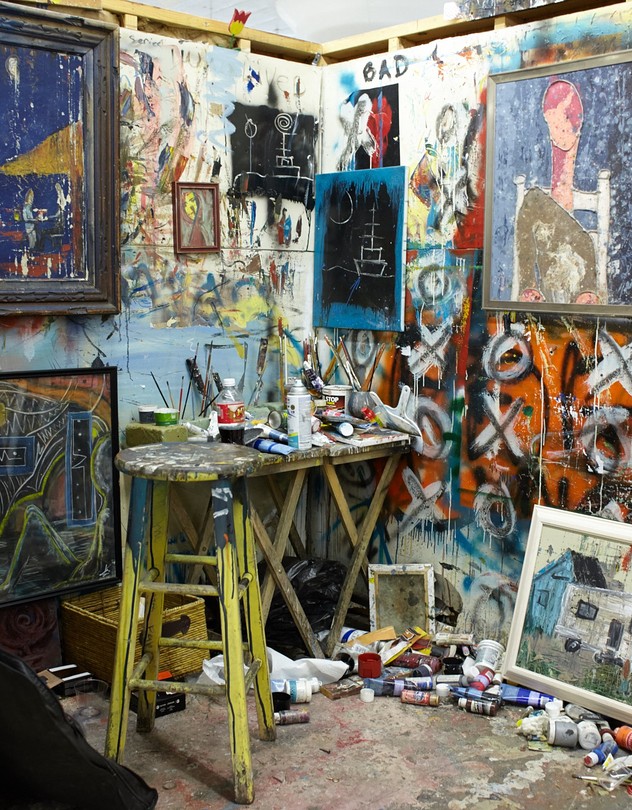Art studios, ranging from vast halls to small niches, are crucial in art history. They have fostered the creation of famous artworks worldwide. More than mere physical locations, these spaces are creative sanctuaries. They reflect and inspire the artist’s imaginative mind. This article explores varied environments where renowned artists, such as Leonardo da Vinci, Vincent van Gogh, and Frida Kahlo, developed their groundbreaking pieces. It highlights the vivid Casa Azul in Mexico City and Jackson Pollock’s rustic barn in New York. Each location tells a unique story of artistic innovation. Rich in history and character, these creative havens offer insights into the artistic process. They reveal the origins of some of the art world’s most celebrated works.
Leonardo da Vinci’s Renaissance Workshop
Leonardo da Vinci’s studio in Renaissance Italy was a hotbed of inventiveness and creativity. His workspace was full of drawings, scientific equipment and unfinished works, demonstrating his diverse creativity. The Mona Lisa was conceived in such a setting, amid a frenzy of creativity and discoveries in science.
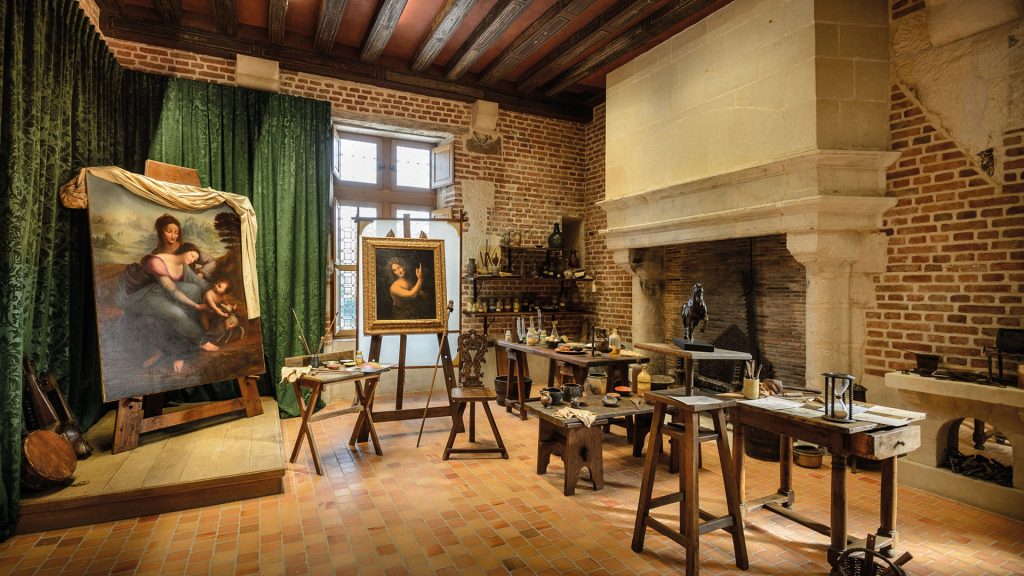
Vincent van Gogh’s Room in Arles
Vincent van Gogh’s iconic picture, ‘The Bedroom,’ was inspired by his little, humble apartment in Arles, France, where he lived and worked. His paintings’ brilliant colors and emotional brushwork stood in stark to this basic and relatively spartan conditions of life.
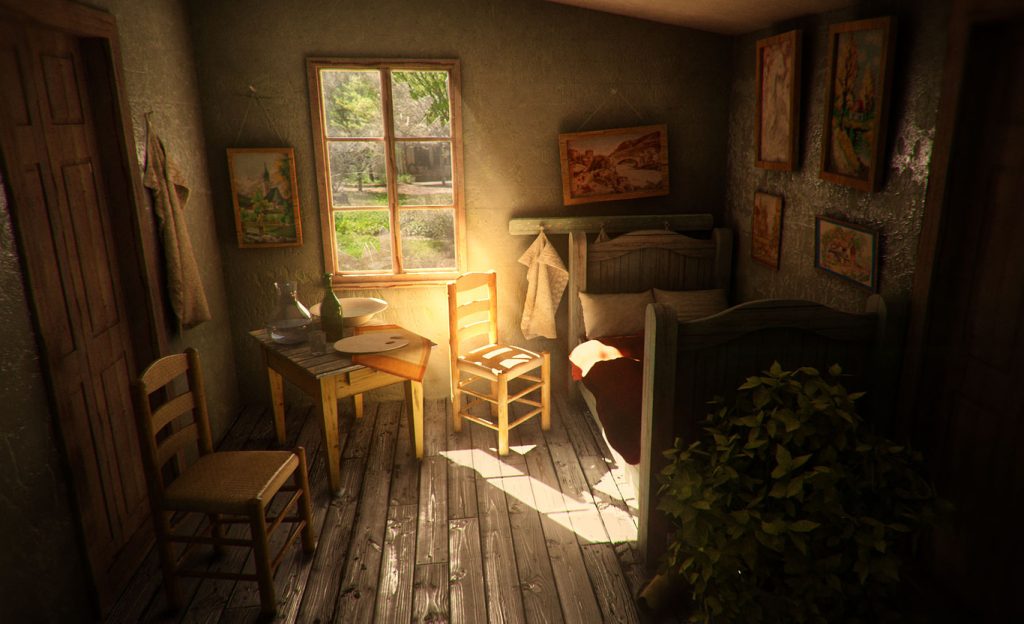
Frida Kahlo’s Casa Azul
Frida Kahlo’s ‘Casa Azul’ in Mexico City served as both her home and her creative havens. It’s where she created many of her contemplative and stunning self-portraits, greatly influenced by the environment in which she lives and Mexican ancestry. It’s full of brilliant colors, traditional Mexican furnishings, and a lush garden.
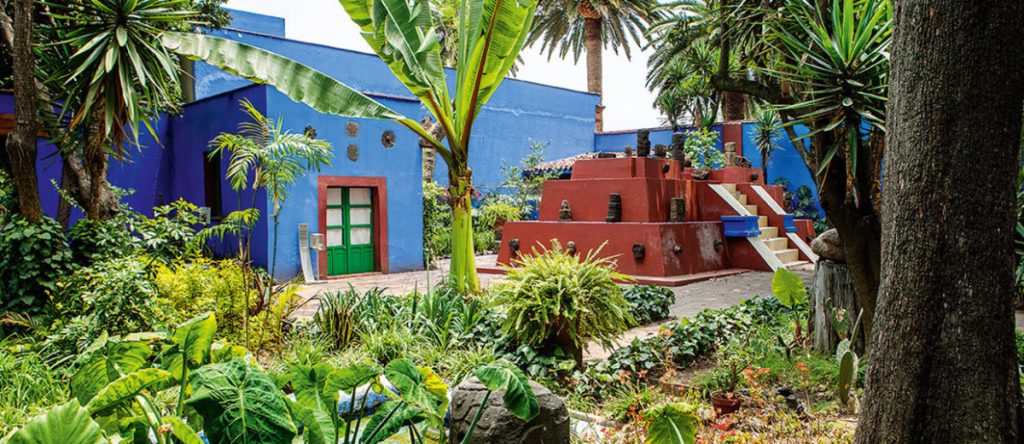
Pablo Picasso’s Bateau-Lavoir
The Bateau-Lavoir, Pablo Picasso’s early twentieth-century studio in Montmartre, Paris, was a tiny, ramshackle room. Picasso and other avant-garde painters pioneered Cubism here, permanently influencing the path of modern art.
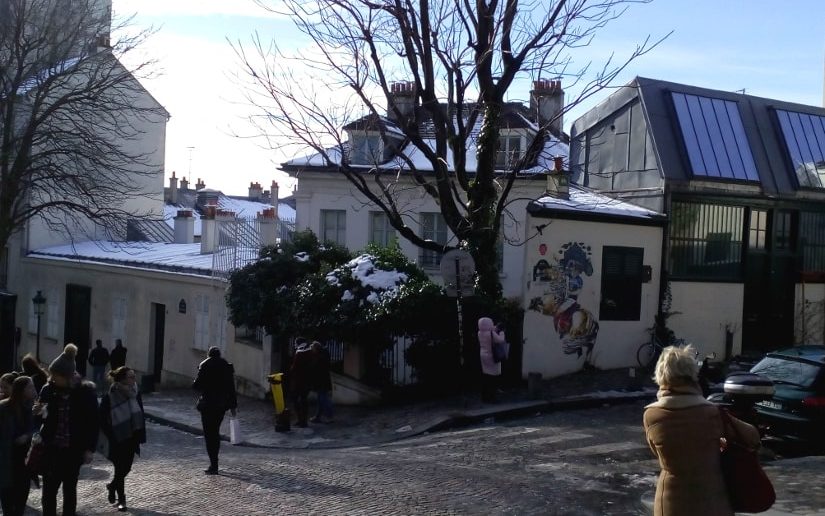
Jackson Pollock’s Barn Studio in Springs
Jackson Pollock’s studio in Springs, New York, was a barn. He used this location to lay up his large canvases on the floor, pioneering his renowned drip method. His studio’s rustic, open setting mirrored this unusual approach to painting, providing the flexibility to produce his large-scale, dynamic pieces.
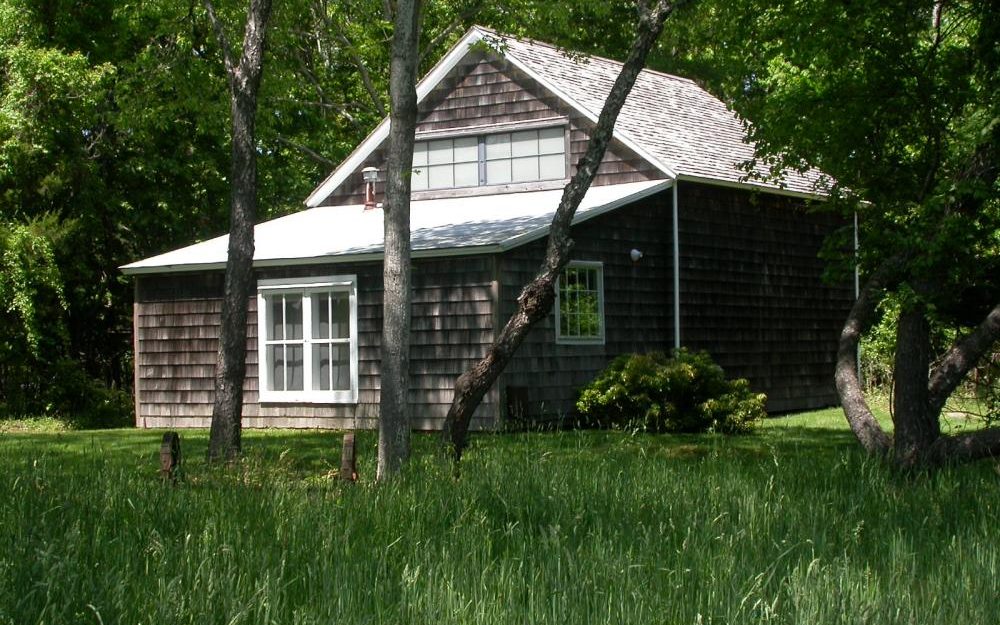
Andy Warhol’s Factory
Andy Warhol’s Factory in New York City was a cultural hotspot in the 1960s. It served as an art studio, a meeting place for intellectuals and celebrities, and a factory for Warhol’s famed silkscreen works. The factory exemplified Warhol’s legendary embracing of the fusion of art, life, and celebrity culture.
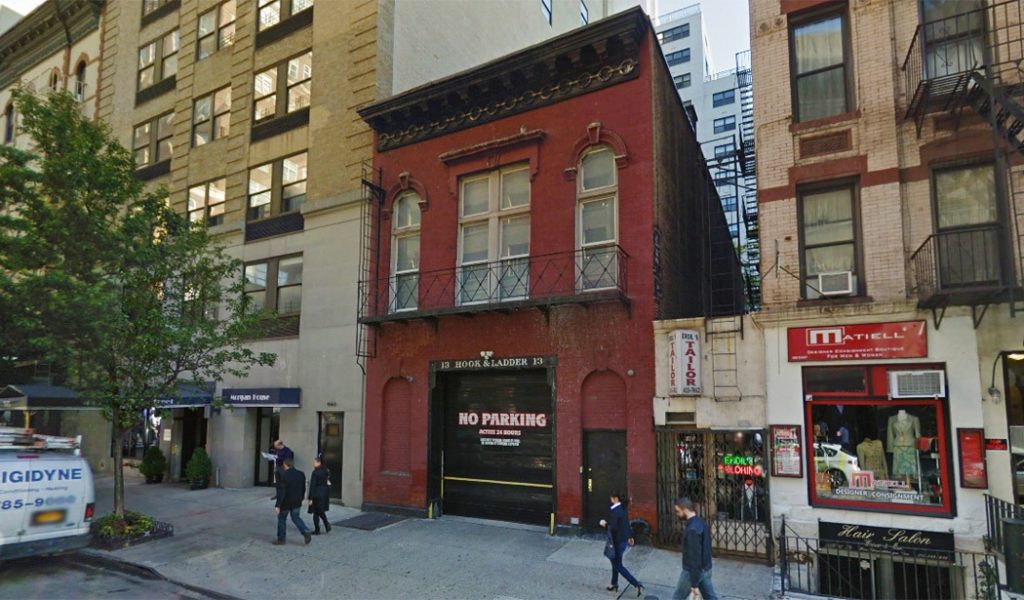
Ultimately, the settings in which art is created are extremely important in the artistic process. Studios, from Leonardo da Vinci’s ingenious workshop to Jackson Pollock’s sprawling barn, have been not just geographical locations but also sources of inspiration and innovation. These studios, akin to each artwork, narrate a tale, offering a deeper understanding of the magnificent pieces created within their confines. Furthermore, they embody the personality of the artists, the essence of the era, and the cultural influences that shaped their work. Recognizing the importance of these creative havens enables a more comprehensive perspective of art, encouraging us to look past the canvas to the environment that fostered its creation.

